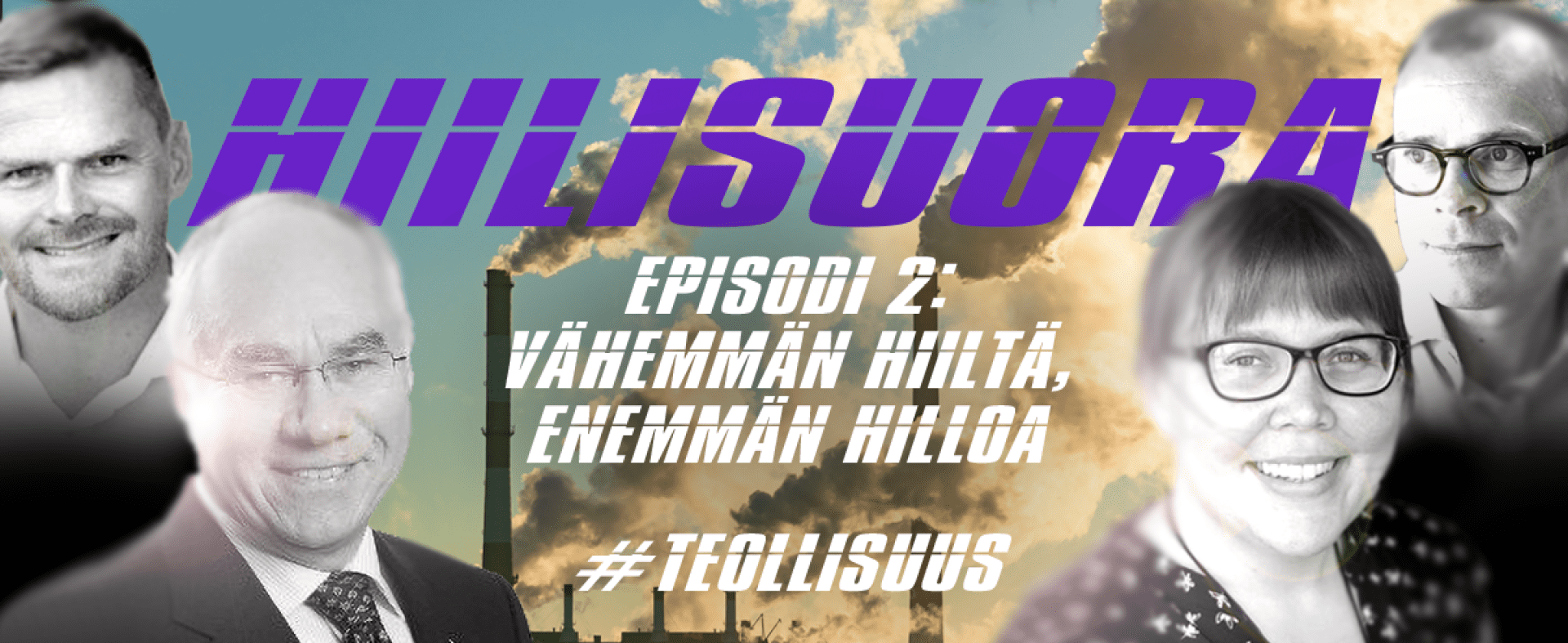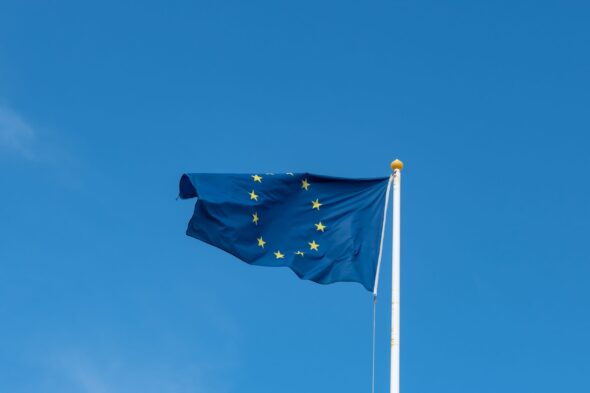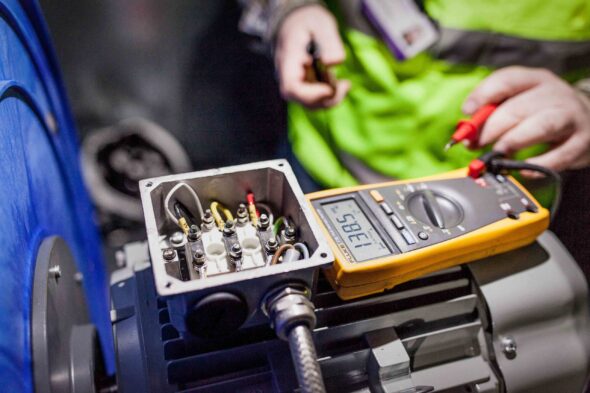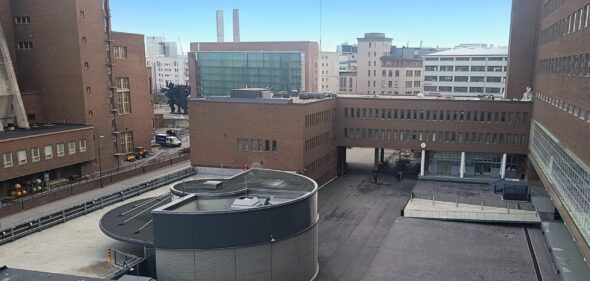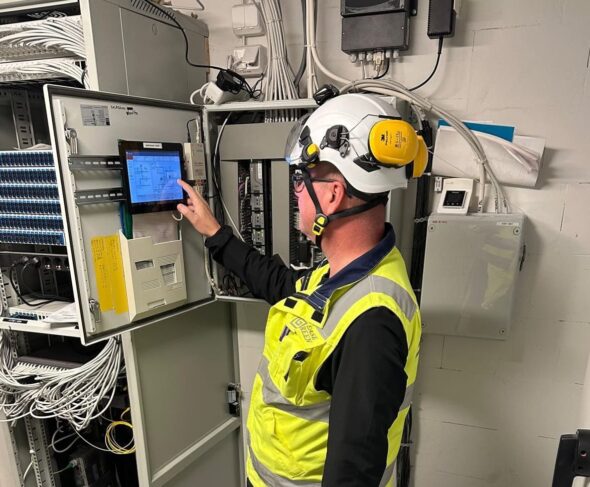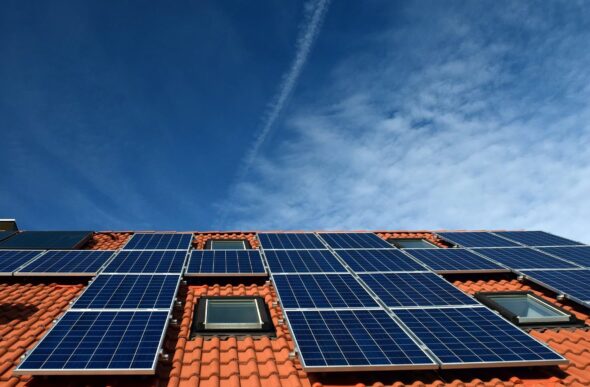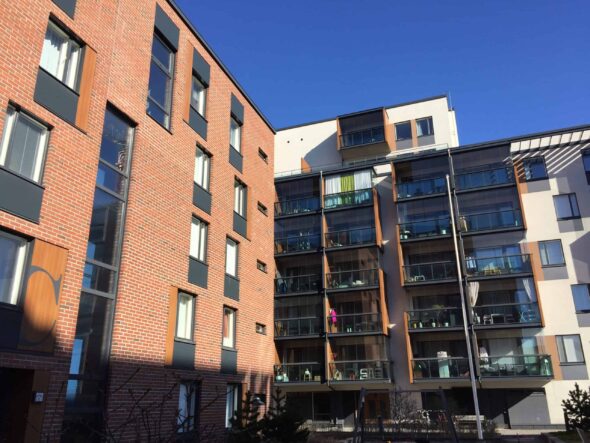This morning, LeaseGreen’s Hiilisuora webinar explored how Finnish industry has responded to the climate trend. What business opportunities do sustainability and low carbon offer? More than a hundred people attended the hearing.
The speakers stressed that industrial change is no longer ahead of us, but has been underway in Finland for some time. Businesses are venturing into increasingly bold gambling moves.
A good indicator is the payback periods for investments in energy renovation in industrial buildings. According to Thomas Luther, CEO of LeaseGreen, in the past only short repayment periods of up to 2-3 years were tolerated. Now 5-7 years or even longer is the norm. Carbon neutrality and other sustainability targets will loosen the strict spending discipline.
Terho Puustinen , who chaired the webinar, said that competition in the industry is fierce and global, and there is no spare money for investment. Energy saving is not a value in itself, but contributes to other goals such as cost-efficiency, responsibility and ultimately competitiveness.
Donald Trump came in second
Jorma Eloranta has served as CEO of Metso and Chairman of the Board of Directors of Stora Enso and Neste. Climate is a megatrend that is here to stay, he says.
“The objective facts suggest that climate change is already affecting people’s lives. That is why it will not disappear from the agenda. On the contrary: the trend is already so deep in society that not even Donald Trump was able to stop it.”
Pressure on industry is growing from all sides: consumers, customers, NGOs, financiers, public authorities and legislators.
“A regulatory tsunami is underway. Business is rapidly changing in a responsible direction, both at national and EU level.”
Eloranta mentioned the so-called NFRD Directive, whose recent update increases the number of companies obliged to report on sustainability from eleven thousand to fifty thousand. An even bigger innovation is the EU’s Sustainable Finance Taxonomy, which defines criteria for environmentally friendly investment.
Eloranta is critical of the taxonomy because the criteria exclude hydro, nuclear and bioenergy. This is not in the interest of the Nordic countries, he says.
“Finland and Sweden must work together in the EU and not compete with each other. The outcome of regulation often depends on who is the strongest lobbyist.”
Eloranta was asked beforehand to put Finland and Sweden in a playful responsibility land battle. Who won?
“The list of the 100 most responsible companies in the world includes five Finnish companies and two Swedish companies. By this yardstick, Finland wins the match 5-2.”
Eloranta concluded the presentation by stressing the speed and inevitability of the climate agenda and the energy transition in industry. He says the atmosphere has changed completely in 15 years. Now we are looking for new business opportunities in the area of carbon footprint and carbon handprint.
“Only a responsible company can operate profitably and only a profitable company can operate responsibly. This is now a lesson learned in industry.”
Sustainability must be on the strategic agenda, on the table of the CEO and the Board. It has to be developed through a method of continuous improvement, and sometimes you have to make big transformations to be accountable.
Amazing benefits from factory energy renovation
Saarioinen’s Plant Manager Pauliina Annonen told about the energy renovation carried out by LeaseGreen to replace the lighting, ventilation and building automation in the Huittinen plant in 2019. The Huittinen factory employs around 150 people. Among other things, Saarioinen’s jams, purees and berry porridge are made there.
“I was surprised by the results of the initial surveys. Potential savings of up to 15% were found in electricity and heat consumption. We hadn’t done much in the way of energy efficiency before, so we had accumulated a repair debt.”
Annonen is delighted that the factory’s carbon footprint has been reduced, energy bills controlled and the repair debt closed. He says he learned a lot about energy efficiency during the process. He is particularly pleased that conditions for workers have improved.
“Food work is challenging and precise work. The quality criteria are strict. Especially in summer, it can get hot, because there are so many heat-generating processes. The modernisation of the ventilation system solved this problem. Lighting is also important, and this was improved by replacing 1,400 luminaires with LEDs.”
“As a plant manager, it was nice to see that the electricity bill went down immediately.”
The energy renovation of the factory took five months. According to Annola, there were challenges along the way. Production days varied and the repair schedule had to be flexible. The drawings and the practical implementation did not always match, so quick solutions had to be found.
Annola is very happy with the outcome.
“LeaseGreen’s professional project management was of paramount importance, as was the fully functional cooperation between us and the contractors. Overall, the project went exceptionally smoothly.”
Annola does not disclose the exact payback period for the project, but says it is less than ten years.
Geothermal heat cut emissions by 90 per cent
Thomas Luther, Managing Director of LeaseGreen, has a long history in industrial real estate and maintenance. He also pointed to the changing environment. In emissions trading, the price of a tonne of carbon has fallen in half a year from a couple of dozen euros to around fifty euros. Money is greening up, meaning lenders are interested in their customers’ carbon footprint. Consumers are demanding companies to be green, and so on.
Luther spoke about the added value of large heat pumps for industrial companies. A big trend is energy recycling. In practice, it means capturing and using waste heat in a way that reduces the need for purchased energy.
The efficiencies of large heat pumps have risen rapidly in recent years, so that increasingly lukewarm sources of waste heat can now be utilised.
“Typically, the source of excess heat is exhaust air, which can come from heated spaces or industrial processes. Wash water, waste water and process hot water streams can also be harnessed.”
Refrigeration plants are a chapter in their own right. The production of cold energy always generates condensation heat, which is often blown into the ridges. Now, many companies have found a way to put it to good use.
According to Luther, many sites have hidden potential that the company is not necessarily aware of. For example, there may be a gap between production and maintenance that no one can see. Sometimes, the fresh eyes of an outsider can spot areas of occlusion.
“It is a source of pride for me that we can be a total partner for customers on these demanding projects. And that the promised results are delivered and often exceeded. LeaseGreen has a high level of customer satisfaction. That’s something I’m particularly happy about.”
A carbon handprint boosts Finland’s competitiveness
So Finnish industry is already working hard on climate change, but there is no stopping it. And there is no point: in a short time, responsibility has become vital for business competitiveness. Green money is speaking with an ever louder voice, and the legislature will force the slower ones into action before long.
“Strategies are important, but in the end, concrete improvements are made in the factories,” said Jorma Eloranta after listening to the presentations of others.
Once your carbon footprint is down, you can look at your carbon handprint, i.e. what kind of climate-friendly technologies you could develop.
“We are good at that, and it contributes to Finland’s competitiveness. LeaseGreen’s slogan is on the right track. Lower costs, cleaner returns.”
